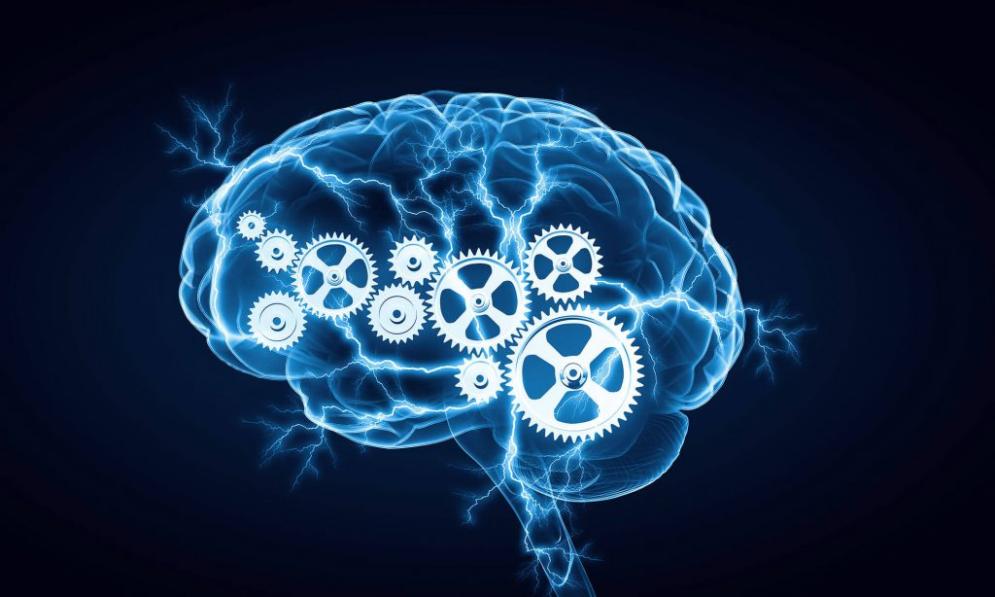Exploring the Link Between Neuroscience and Creativity: Can Brain Insights Enhance My Creative Thinking?
Creativity, the ability to generate new and original ideas, plays a vital role in various fields, from art and design to science and business. Understanding the connection between neuroscience and creativity has become an intriguing area of research, as it holds the potential to unlock the secrets of creative thinking and enhance our ability to innovate and solve problems.

Understanding Creativity:
Creativity is a multifaceted concept that encompasses divergent thinking, problem-solving, and originality. It involves the ability to generate new ideas, see things from different perspectives, and come up with innovative solutions. Creative individuals often exhibit a high level of curiosity, openness to new experiences, and a willingness to take risks.
- Examples of creative individuals include artists like Pablo Picasso and Vincent van Gogh, scientists like Albert Einstein and Marie Curie, and entrepreneurs like Steve Jobs and Elon Musk.
The Neuroscience Of Creativity:
Research in neuroscience has shed light on the brain regions and neural mechanisms involved in creativity. Studies have identified specific brain areas associated with different aspects of creativity, such as the frontal lobes for higher-order cognitive functions, the temporal lobes for memory and sensory processing, the parietal lobes for spatial awareness, and the default mode network for mind-wandering and introspection.
- Neuroplasticity, the brain's ability to adapt and change in response to experiences, plays a crucial role in creativity. Creative individuals often exhibit higher levels of neuroplasticity, allowing them to form new connections between neurons and adapt to new situations.
- Neurotransmitters like dopamine, serotonin, and endorphins are also implicated in creativity. Dopamine is involved in motivation, reward, and creative thinking, while serotonin is associated with mood regulation and creativity. Endorphins, natural painkillers, can enhance creative thinking by reducing stress and promoting a sense of well-being.
Enhancing Creativity Through Brain Insights:
Neuroscience insights can provide practical tools and techniques to enhance creative thinking. By understanding the brain mechanisms underlying creativity, we can develop strategies to stimulate these mechanisms and promote creative thinking.
- Mindfulness and Meditation: Mindfulness practices, such as meditation and yoga, can help reduce stress, improve cognitive flexibility, and enhance creativity. These practices promote relaxation, focus, and awareness, creating a conducive environment for creative thinking.
- Brain Stimulation Techniques: Non-invasive brain stimulation techniques like transcranial magnetic stimulation (TMS) and electroencephalography (EEG) neurofeedback have shown promise in enhancing creativity. TMS can modulate brain activity in specific regions associated with creativity, while EEG neurofeedback trains individuals to control their brainwave patterns, potentially improving creative thinking.
- Cognitive Training and Exercises: Cognitive training programs and exercises designed to improve cognitive skills like divergent thinking, problem-solving, and memory can help individuals develop creative strategies and approaches. These exercises challenge the brain to think in new ways and generate innovative ideas.
Practical Applications:

The insights gained from neuroscience research on creativity have practical applications in various domains.
- Education and Learning: Incorporating neuroscience insights into educational practices can foster creativity in students. Encouraging divergent thinking, experimentation, and interdisciplinary learning can help students develop creative problem-solving skills and innovative thinking.
- Business and Innovation: Applying neuroscience principles to develop creative work environments and promote innovation can benefit businesses. Encouraging brainstorming sessions, idea generation, and risk-taking can stimulate creativity and lead to groundbreaking products and services.
- Personal Development: Providing individuals with tools and techniques to enhance their creative thinking skills can contribute to personal development. Promoting self-awareness, reflection, and the exploration of new experiences can help individuals unlock their creative potential and achieve greater success in various aspects of life.
The link between neuroscience and creativity offers exciting possibilities for enhancing creative thinking and innovation. By understanding the brain mechanisms underlying creativity and applying neuroscience insights, we can develop strategies to stimulate these mechanisms and promote creative thinking. This knowledge can be applied in various domains, from education and business to personal development, leading to more innovative solutions, groundbreaking discoveries, and a more creative and fulfilling world.

To continue exploring the brain-creativity connection, readers are encouraged to delve into further resources and engage with ongoing research in this fascinating field.
YesNo

Leave a Reply